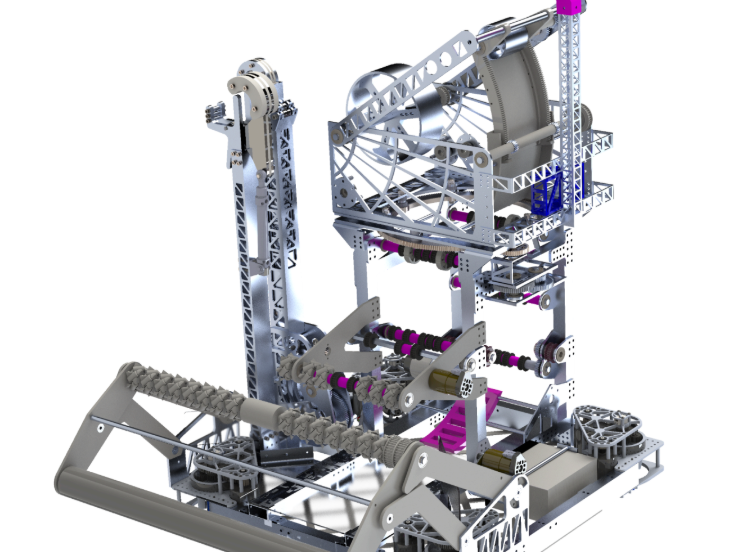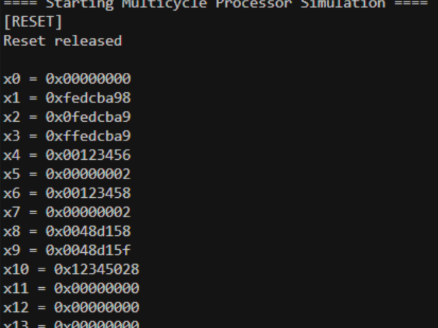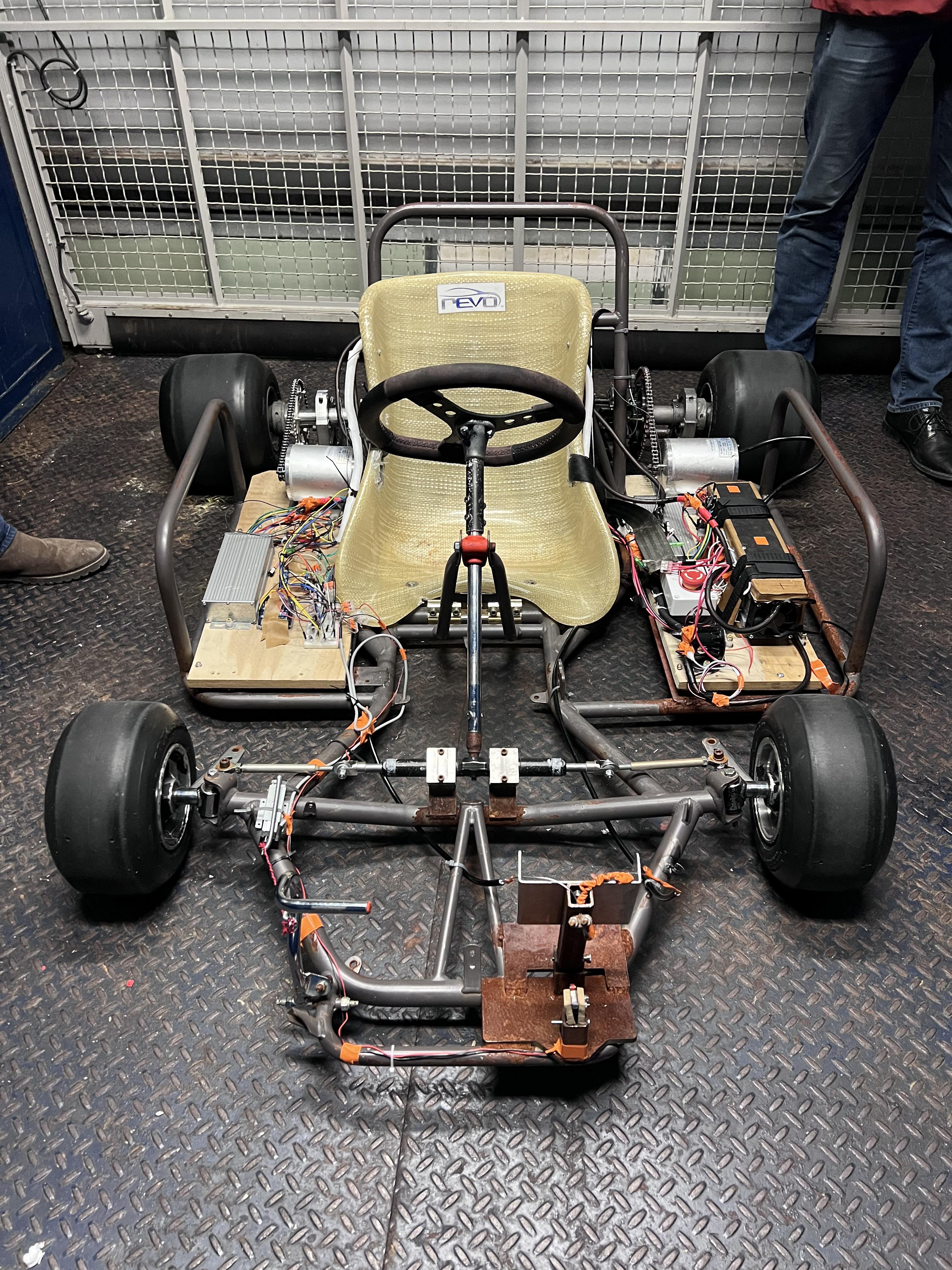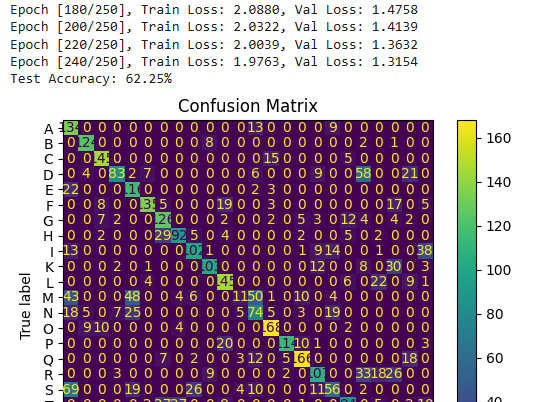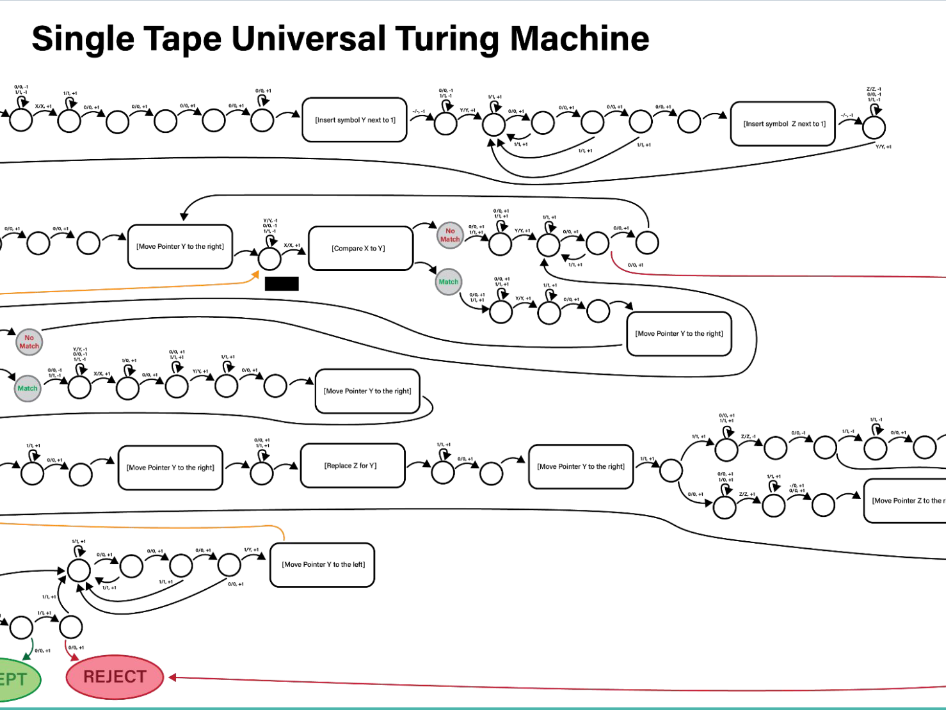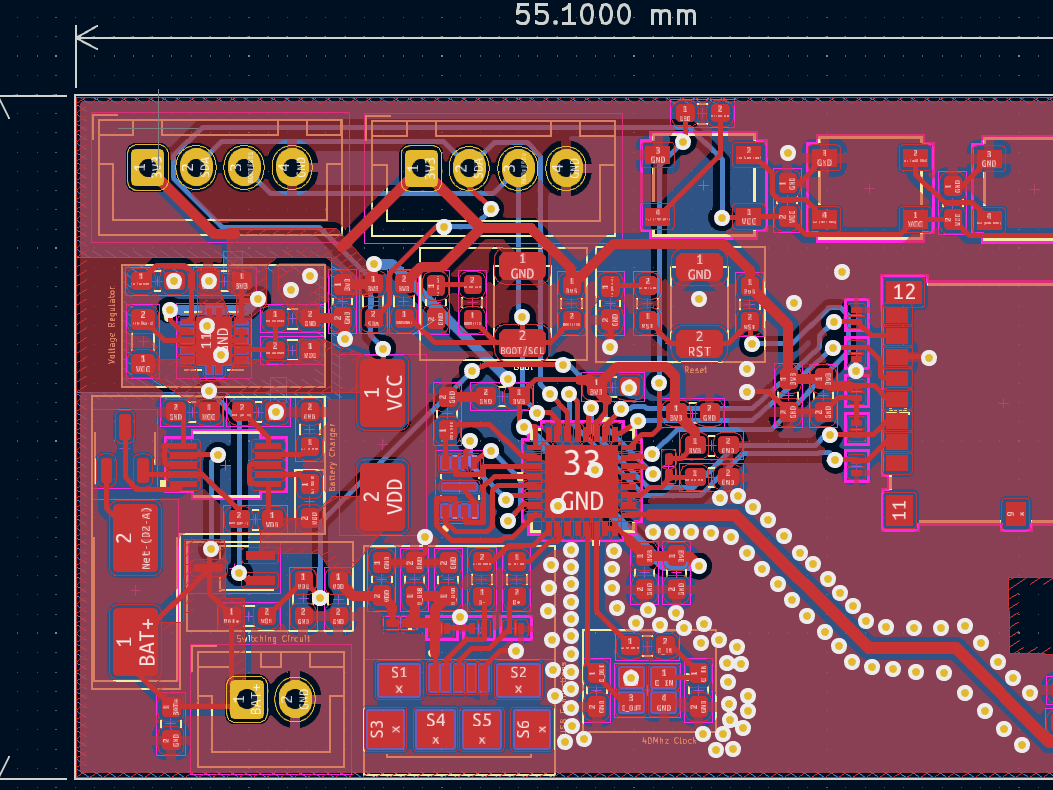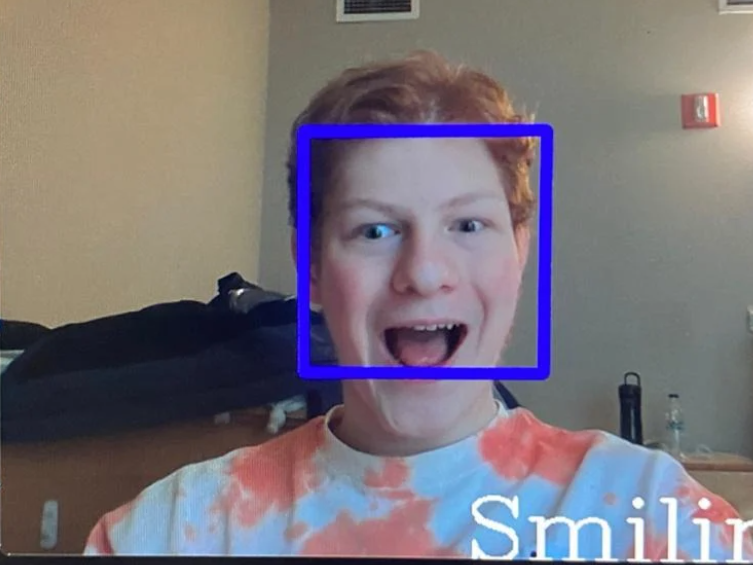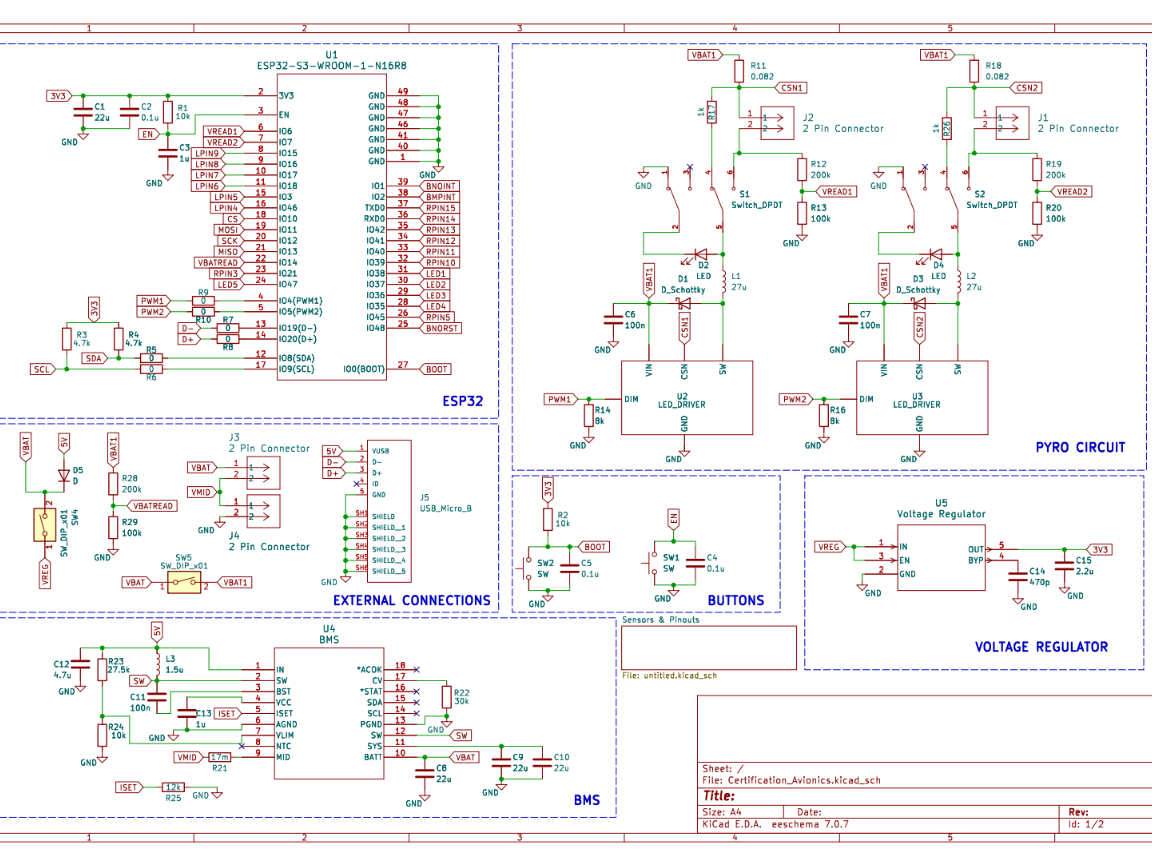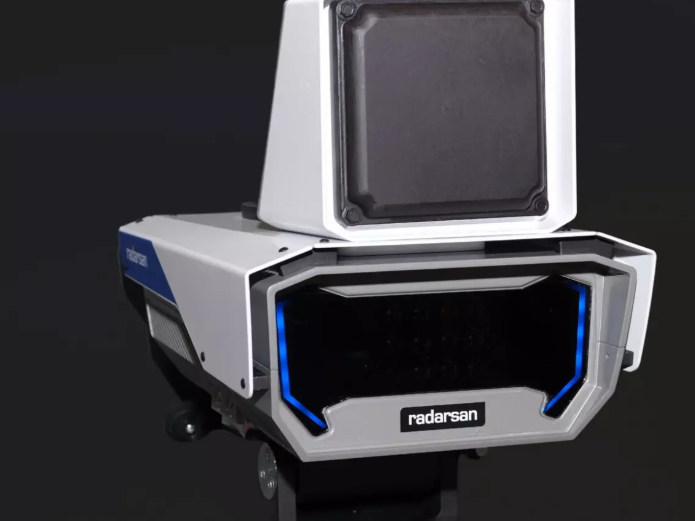From Lab to Orbit
I joined the Olin Plasma Engineering Laboratory two years ago to push Hall Thruster technology forward. I started by running simulations to guide design decisions for our first thruster. During summer research, I built a novel vacuum chamber and testing setup, producing data that led to our IEPC 2024 publication.
Now, as Hall Thruster Team Lead, I’m spearheading the first undergraduate magnetically shielded Hall Thruster, preparing for its CubeSat launch.
Solving an Uncharted Problem
Magnetically shielded Hall Thrusters are tightly controlled under US ITAR regulations, leaving little public guidance.
I tackled this by designing and simulating shielding models in COMSOL, iterating through topologies, field lines, and plasma interactions to optimize efficiency and reduce erosion. These insights, combined with experimental validation, laid the foundation for one of the first undergraduate magnetically shielded Hall Thrusters.
**Photo is blurred due to secrecy and US ITAR regulations**
IEPC 2024 Paper
Engineering Beyond the Norm
My summer research focused on enhancing ion paths within the thruster channel. I ran particle diffusion simulations in COMSOL to validate a novel helical diffuser design, improving ionization efficiency. Testing and analysis confirmed the theoretical model, providing a robust foundation for future thruster optimization.
Python Physics Simulator I developed to determine the effects of ExB drift on the channel length. **Click for GitHub Page**
Publications
